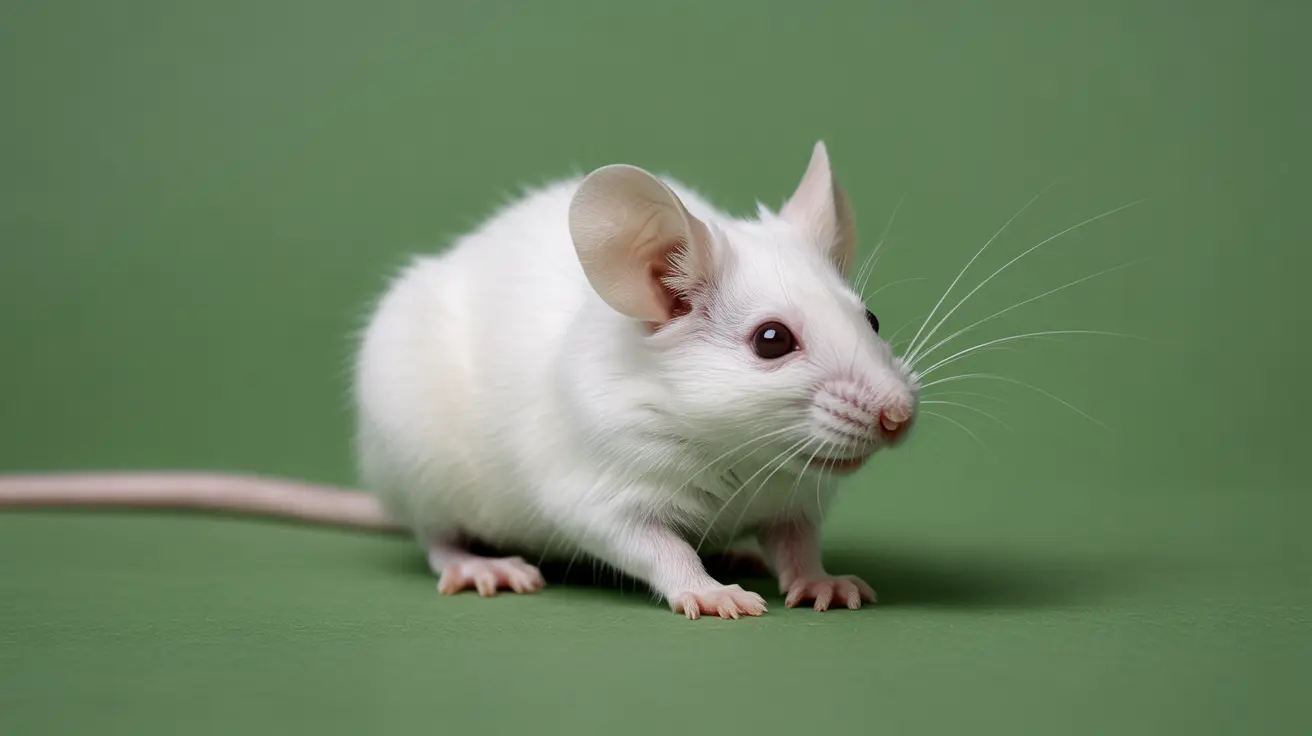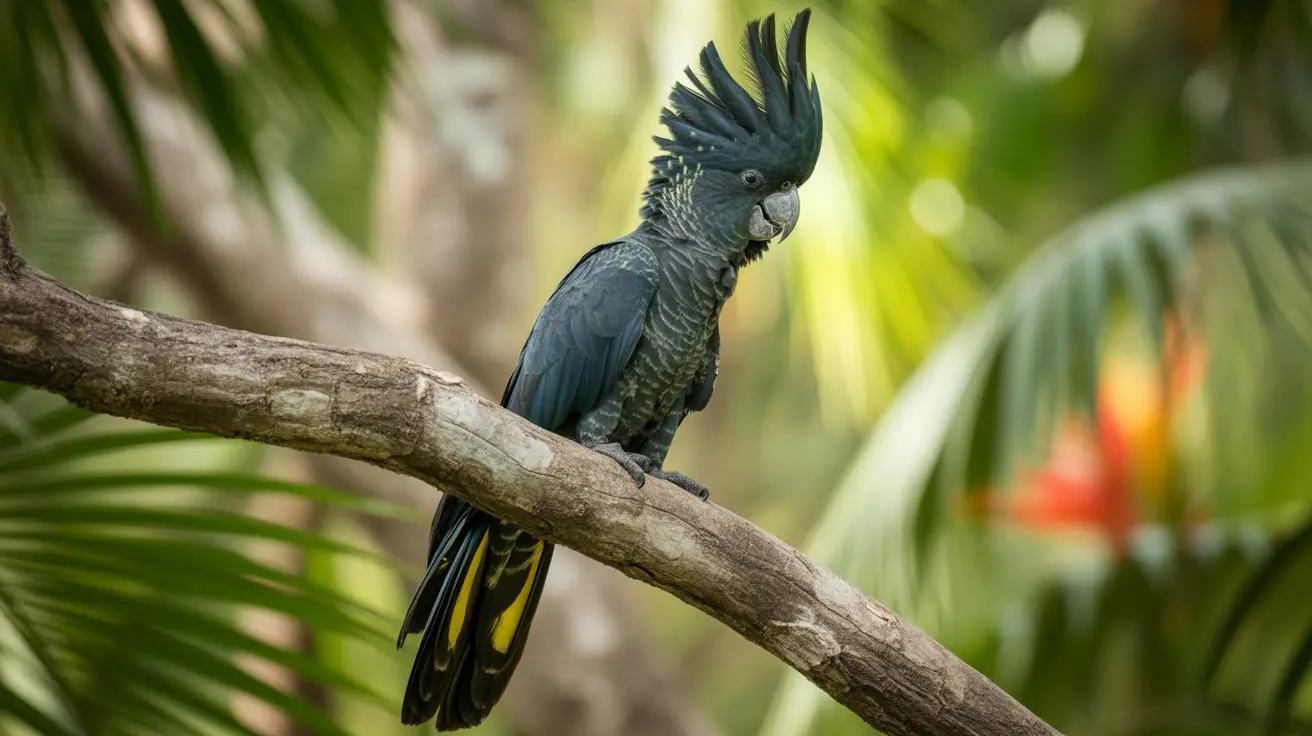What to Do When Your Dogs Are Stuck After Mating
If you've witnessed your dogs becoming physically stuck during mating, don't panic. This situation, known as the copulatory tie, is a perfectly normal and essential part of canine reproduction. Attempting to separate the dogs manually can be dangerous and harmful. Let's explore why this happens, what to do, and how to manage such scenarios responsibly.
Understanding the Copulatory Tie
When a female dog enters her heat cycle (estrus), she becomes receptive to mating and may attract male dogs. During mating, a unique physiological occurrence causes the male and female to become temporarily bonded:
- The male mounts the female from behind after she moves her tail to the side.
- His penis enters the vagina, and ejaculation begins with rhythmic thrusting that lasts 1–2 minutes.
- Following ejaculation, the male often turns around, ending up back-to-back with the female, while still locked together.
The reason this tie occurs is due to the bulbus glandis, a part of the male's penis that swells inside the female. Simultaneously, the muscles of the female’s vulva tighten around it, creating a secure physical bond that lasts between 5 to 45 minutes.
Why You Should Never Interfere
As concerning as it may look, it's critical that dog owners do not attempt to separate dogs during this tie. Any forceful efforts—such as pulling, yelling, spraying water, or physical separation—can cause severe injuries, including:
- Penile trauma or rupture for the male
- Vaginal lacerations or internal damage to the female
- Permanent damage affecting future breeding viability
Owners should instead calmly monitor the dogs to ensure they remain safe and calm until the tie ends naturally.
How to Supervise the Tie Safely
During the tie, your role is to keep the environment calm and controlled:
- Prevent other animals or people from disturbing the dogs.
- If the female appears anxious, speak gently or lightly pet her to soothe.
- Keep both animals still, ideally in a confined, quiet area.
- Wait patiently—the dogs will separate on their own.
Inexperienced or anxious dogs may tie for longer periods. If the tie exceeds one hour, or if either dog seems distressed afterwards, consult a veterinarian.
Dealing With Accidental Mating
If the tie resulted from unplanned mating and pregnancy is not wanted, prompt veterinary intervention is key. Treatment options include:
- Aglepristone injections — a hormone blocker administered between days 10–45 after mating to end or prevent pregnancy.
- Spaying — surgical removal of the uterus and ovaries, possible after mating but time-sensitive.
Don't delay in seeking advice, as a dog’s pregnancy progresses quickly, lasting around 63 days.
How to Confirm Pregnancy in Dogs
If you're unsure whether the mating resulted in pregnancy, your vet can help using these diagnostic tools:
- Relaxin blood test between days 22–27 post-mating
- Ultrasound examination around three weeks after mating
Note that there are no reliable urine-based pregnancy tests for dogs.
Can Neutered Dogs Get Tied?
Yes, even neutered males can physically tie with a female, since the swelling is unrelated to fertility. However, neutered males will not impregnate females. The same caution about not trying to separate a tie still applies to neutered dogs.
Best Practices to Avoid Unintended Mating
The most effective way to prevent unwanted pregnancies is through responsible dog ownership and proactive measures:
- Keep females in heat away from intact males, ideally in separate locked areas.
- Supervise outdoor activities closely during heat cycles.
- Consider spaying or neutering to eliminate reproductive ability entirely.
Responsible breeding should include health checks, preventive care, and allowing females to rest between cycles to avoid overbreeding.
Conclusion
The copulatory tie in dogs is natural and usually harmless. While it may appear stressful, trying to separate your dogs can do more harm than good. Instead, stay calm, supervise them, and let nature take its course. And if an accidental mating has occurred and pregnancy is not an option, consult your veterinarian immediately for the best path forward.





